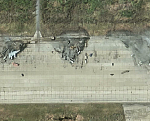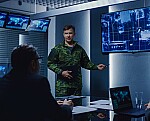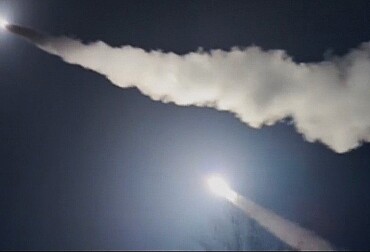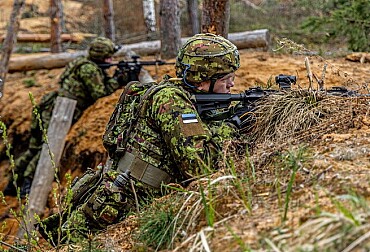Russia’s casualties reach 600,000 in the ongoing war in Ukraine
In a significant development in the ongoing war between Russia and Ukraine, Pentagon officials have reported that Russian casualties have surpassed 600,000. This staggering number reflects the toll that the prolonged conflict has taken on Russian military forces, marking a dramatic acceleration in losses, particularly in recent months. Despite sustaining such heavy losses, Russia continues its military efforts, especially in the contested eastern regions of Ukraine, where the fighting remains intense.
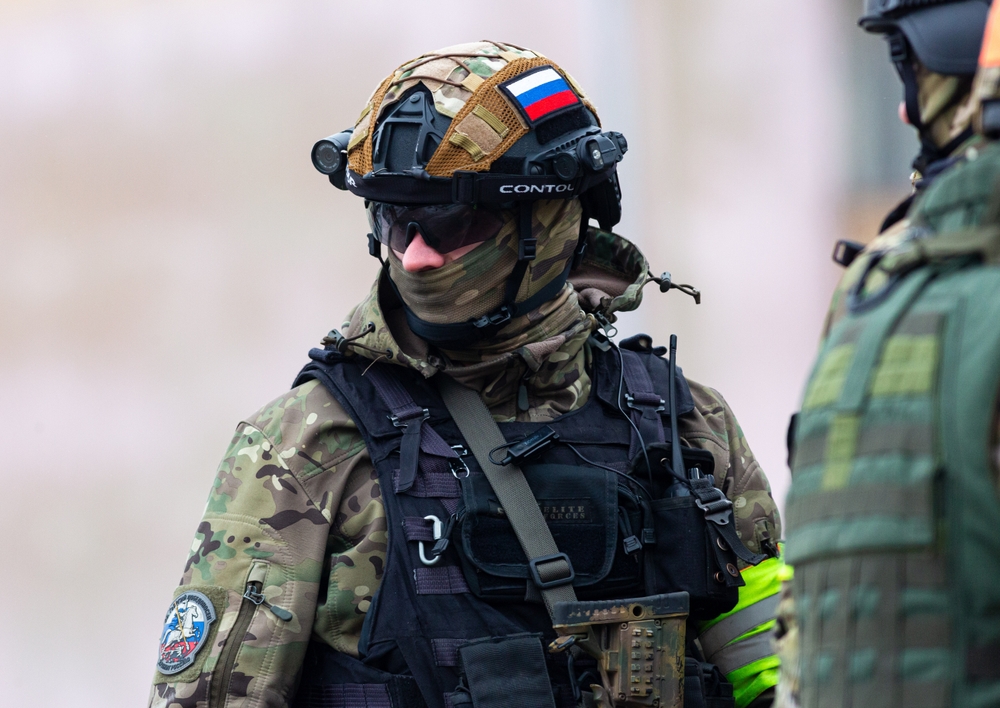
Russia’s push in eastern Ukraine: A costly strategy
Since the summer, Russia has managed to make some territorial gains in Ukraine's eastern region, particularly in the Donetsk area. One focal point of Russia’s operations has been the city of Pokrovsk, a strategically important location due to its role as a hub for transportation and logistics. The city sits at the intersection of multiple key roads that are vital for moving people and military equipment.
As Russian forces move closer to Pokrovsk, they encounter increasingly robust Ukrainian defensive lines, making progress more difficult and costly. According to a senior U.S. defense official, the past month has been the deadliest for Russian forces since the war began, underscoring the rising toll of Russia’s offensive. The official noted that in the first year of the conflict alone, Russian losses—both killed and wounded—surpassed the total of all Soviet losses in any conflict since World War II.
The struggle to maintain momentum
Despite the dire casualty numbers, Russia has managed to sustain a continuous military campaign for over two and a half years, defying predictions from Western analysts. This resilience comes even after significant losses of military equipment, a reallocation of the Russian government budget towards defense, and a modest mobilization of troops. Unlike a full-scale conscription effort, which could face substantial political backlash at home, Russia has so far managed to replenish its ranks through financial incentives like increased pensions and higher pay for soldiers.
However, the strategy of relying on financial incentives to bolster troop numbers may soon face challenges. As the fighting drags on and casualties mount, Russia may struggle to maintain recruitment levels. The rising losses along the front could deter potential recruits, complicating efforts to sustain its military strength without resorting to a more extensive draft, which could provoke domestic unrest.
A costly war for both sides
While Russia's losses are staggering, Ukraine is also enduring a heavy toll in the conflict. The war has become a war of attrition, with both sides suffering significant casualties. Despite the mounting Russian body count, a senior U.S. military official emphasized that this does not necessarily signal an impending victory for Ukraine. Instead, the Pentagon expects Russia to continue making "incremental gains" along the front, leveraging its numerical advantage to push through Ukrainian defenses.
The Pentagon official described Russia’s approach as a typical strategy of mass deployment, where they use sheer numbers to wear down opposition. This tactic has been costly for Russia, but it has enabled Moscow to maintain pressure on Ukrainian forces in critical areas. Nevertheless, the effectiveness of this strategy is limited, and the high rate of Russian casualties suggests that the Kremlin is paying a heavy price for each gain it makes on the battlefield.
Geopolitical dimensions: North Korea’s role in the conflict
The war in Ukraine has also drawn in other international actors, adding a new dimension to the conflict. Recently, South Korea’s defense minister warned that North Korea might send troops to support Russia on the battlefield, in addition to providing military equipment. This development could alter the dynamics of the war, potentially bolstering Russia’s manpower at a critical time.
While Pentagon officials declined to comment on the likelihood of North Korean troops joining the war, the possibility raises concerns about further escalation. North Korea’s involvement would add to a growing list of military assistance provided to Russia, which has already received various forms of aid from Pyongyang, including artillery shells and other equipment.
Russian military equipment losses and logistics challenges
Beyond human casualties, Russia’s war effort has been hampered by significant losses in military hardware. The Pentagon reports that Russia has lost 32 vessels from its Black Sea naval fleet, along with two-thirds of its pre-war stock of tanks. These losses have forced Moscow to turn to its reserves of Soviet-era military equipment, which it has been retrofitting and deploying to the front lines.
The need to dig into aging stockpiles highlights the strain on Russia’s military logistics and production capabilities. Modernizing and maintaining Soviet-era equipment poses significant challenges, especially in the context of Western sanctions that have targeted Russia’s access to advanced technology and components. Despite these obstacles, Russia’s ability to maintain its military operations has demonstrated its capacity to adapt under pressure.
Diplomatic efforts hampered by weather
As the conflict continues, diplomatic efforts to coordinate support for Ukraine have also faced setbacks. This week, U.S. President Joe Biden planned to host a forum of world leaders in Ramstein, Germany, to rally support for Ukraine. Ramstein has frequently served as a gathering place for allied defense officials throughout the war. However, the planned meeting was canceled due to the arrival of Hurricane Milton, which was set to make landfall in Tampa, Florida, disrupting preparations.
The cancellation of this summit delays crucial discussions among Western allies about how best to support Ukraine in its fight against Russia. While the White House has not yet announced a rescheduled date, the need for continued coordination among Ukraine’s supporters remains pressing as the war grinds on with no end in sight.
A protracted conflict with uncertain outcomes
The war between Russia and Ukraine has now stretched into its third year, with no clear end in sight. As Russian casualties continue to rise, the Kremlin faces increasing pressure to justify the ongoing conflict to its citizens. At the same time, Ukraine, bolstered by Western aid, remains resolute in its resistance but is equally battered by the prolonged fighting.
The next phase of the war will likely be shaped by whether Russia can sustain its recruitment efforts amid mounting losses and how effectively Ukraine can leverage Western support to hold its defensive lines. With North Korea potentially entering the fray and diplomatic efforts facing delays, the conflict risks becoming even more complex and costly. For now, both sides remain locked in a brutal struggle, with the human toll continuing to climb.




